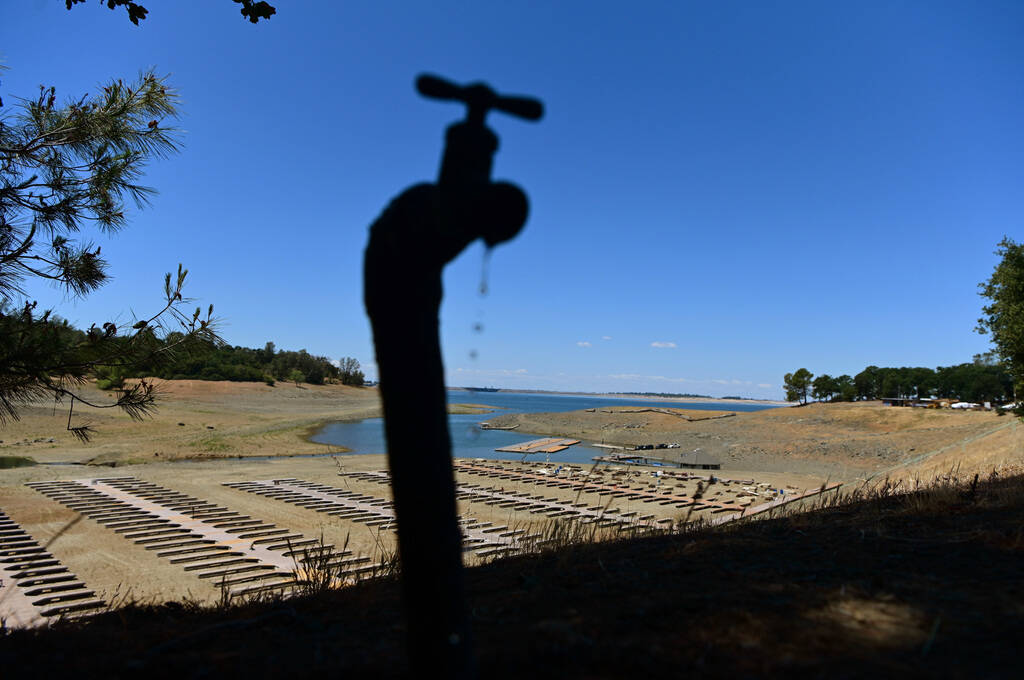Arsenic risk found in private wells in parts of Nevada
Tens of thousands of private well owners across parts of Nevada, California and Utah might be drinking water that contains unhealthy levels of arsenic, according to a new study from Desert Research Institute.
The study, led by researchers at the institute and the University of Hawaii Cancer Center and published this month in “Environmental Science and Technology,” used data from a previous Desert Research Institute analysis of water from domestic wells in Nevada to build a model to predict which areas have elevated levels of arsenic.
The new model showed that more than 49,000 well users across the region are at risk of being exposed to levels of arsenic in their water that could lead to significant long-term health problems.
“A lot of the rocks that make up the bedrock geology and that form a lot of the mountain ranges that surround our region, they oftentimes have high levels of arsenic in them,” said Daniel Saftner, an assistant research hydrogeologist at Desert Research Institute and lead author of the study.
Map2 copy by Tony Garcia on Scribd
The areas in and around Reno and Fallon and parts of Douglas County have the highest population of well users at risk of elevated arsenic levels, according to the study. Some wells near Fallon were shown to have arsenic levels 80 times higher than the level deemed safe by the Environmental Protection Agency.
Saftner said researchers wanted to look beyond the rocks to understand the factors that lead to higher levels of arsenic so they could better predict where those levels might be higher. To do that, they dug into how the region’s tectonics and geothermal activities also affect arsenic levels and found those to be significant contributors to the higher levels of groundwater arsenic.
Water that comes from municipal water suppliers such as the Southern Nevada Water Authority in Las Vegas or the Truckee Meadows Water Authority in Reno is tested and required to meet certain federal guidelines for quality. But water quality from private wells is unregulated, leaving the burden on the landowners to test their water regularly to make sure it is safe to drink.
The EPA has set the acceptable concentration of arsenic in drinking water at 10 parts per billion, but research has shown that long-term exposure to levels above 5 parts per billion could lead to long-term health effects. Ingesting arsenic over a long period of time could cause a variety of health issues, including stomach problems, anemia, neuropathy, skin lesions and increased risk of cancer, according to the Centers for Disease Control and Prevention.
Water treatment options can reduce the arsenic concentration in water supplies, with research showing that reverse osmosis systems can remove between 75 and 90 percent of the toxic compound from the water.
“What we’re hoping is that the people who are using the water from these shallow aquifers can pull up this map, so that you can really zoom in, look at where you live, see what the probability is for high arsenic,” Saftner said.
Contact Colton Lochhead at clochhead@reviewjournal.com. Follow @ColtonLochhead on Twitter.























